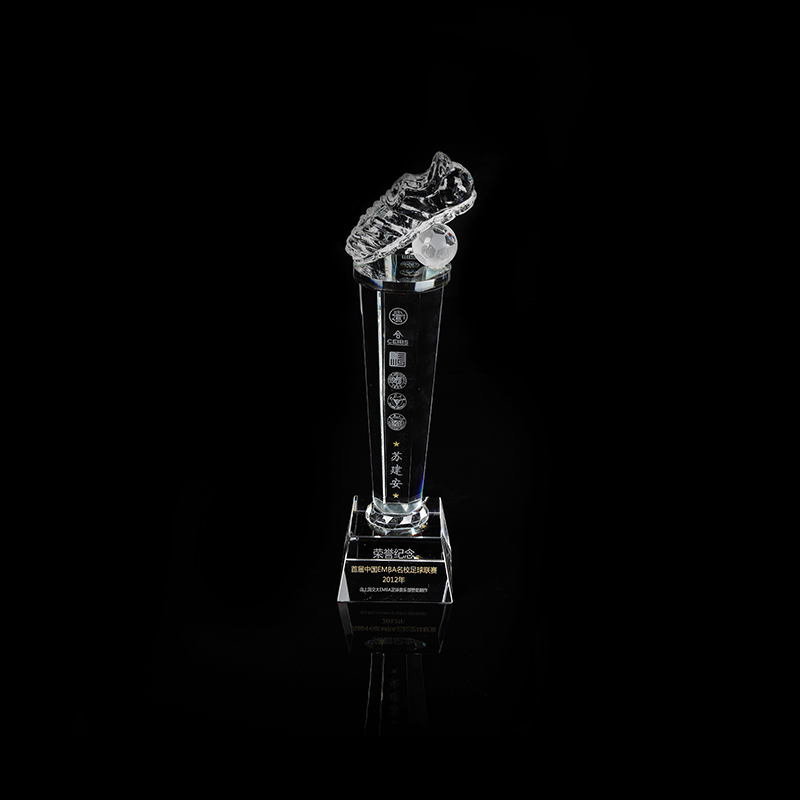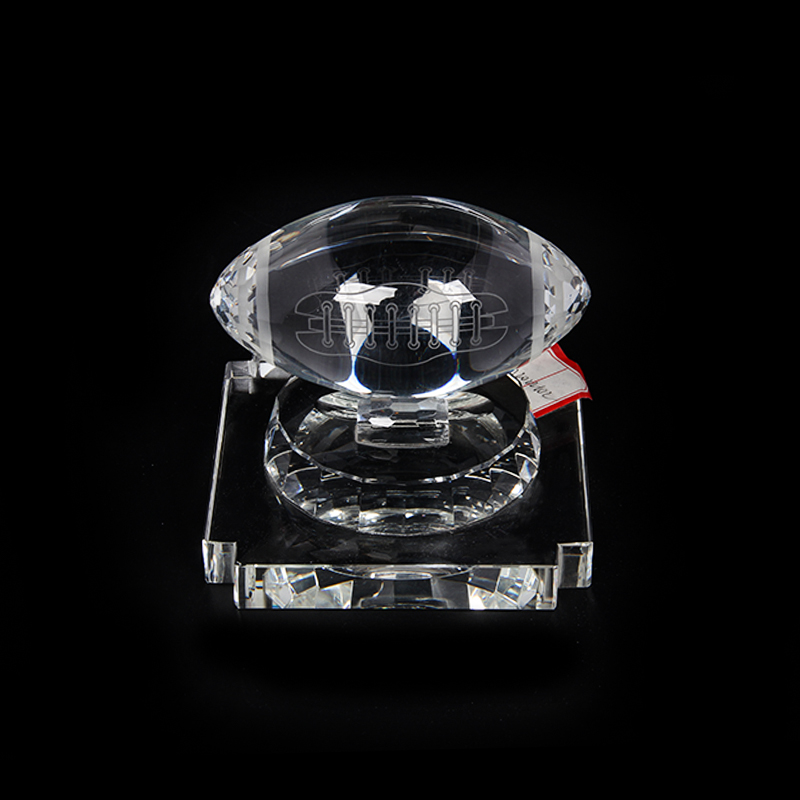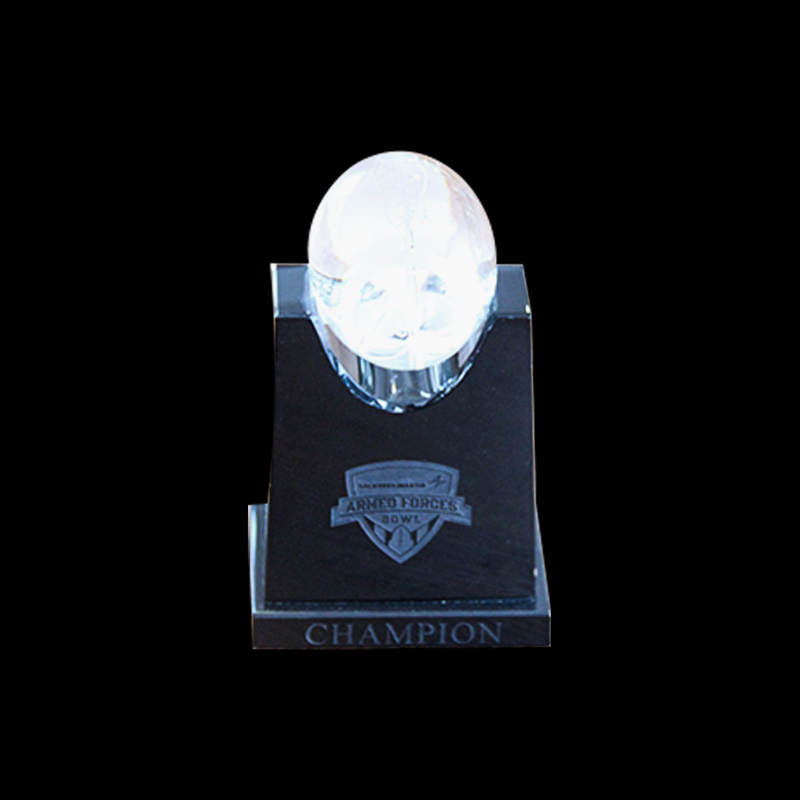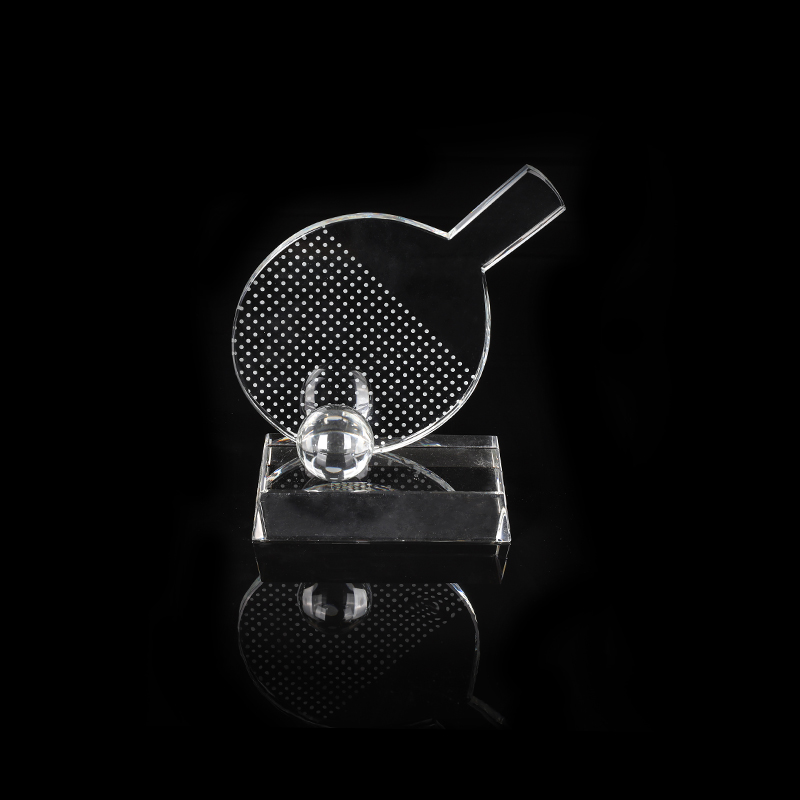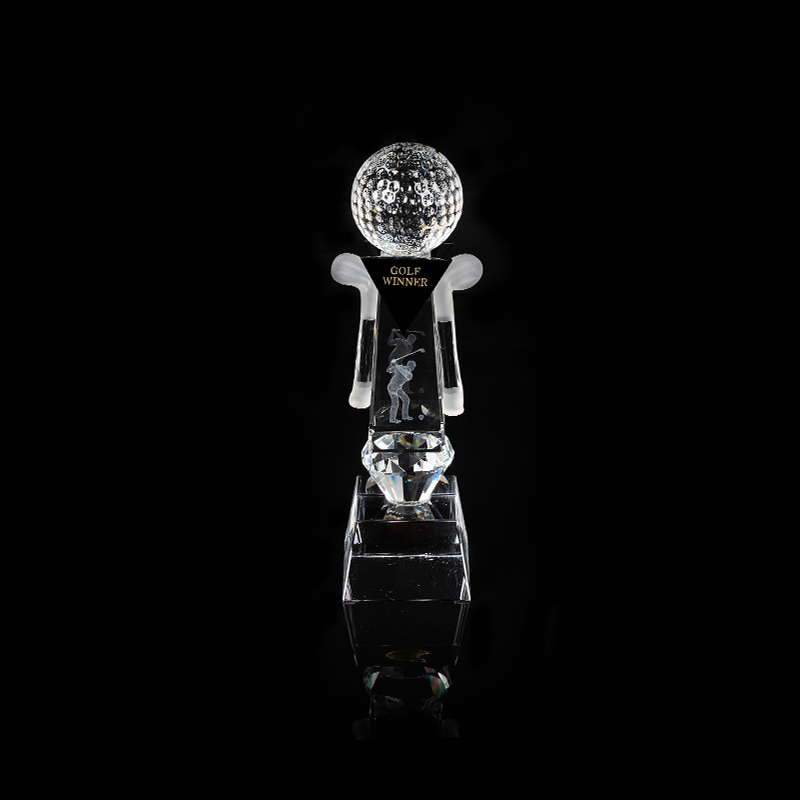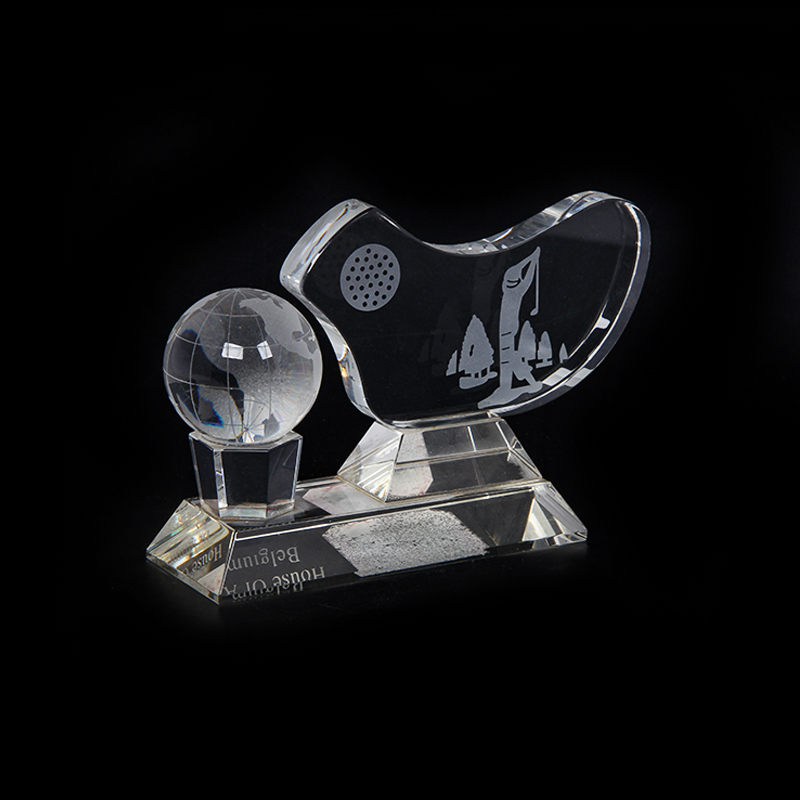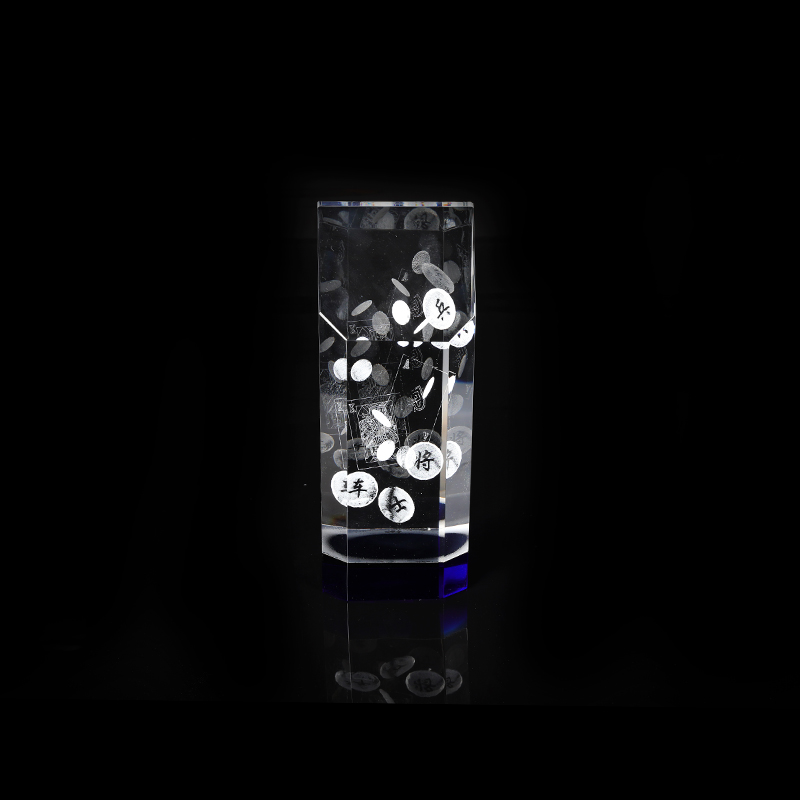Crystal pyramids, such as the Angelite Pyramid, often begin as simple geometric forms. When light interacts with their faces and edges, however, they reveal qualities that are barely noticeable. This transformation inspires many people to position their crystal pyramids in locations where light can be adjusted or enhanced. You might place an Angelite Pyramid near a crystal cube laser engraving or display it beside a crystal glass medal to create different visual impressions. Learning how to experiment with light can help you highlight the beauty of the design. By understanding how angle, clarity, and context work together to influence its appearance, you gain more control over the effects you see each day.
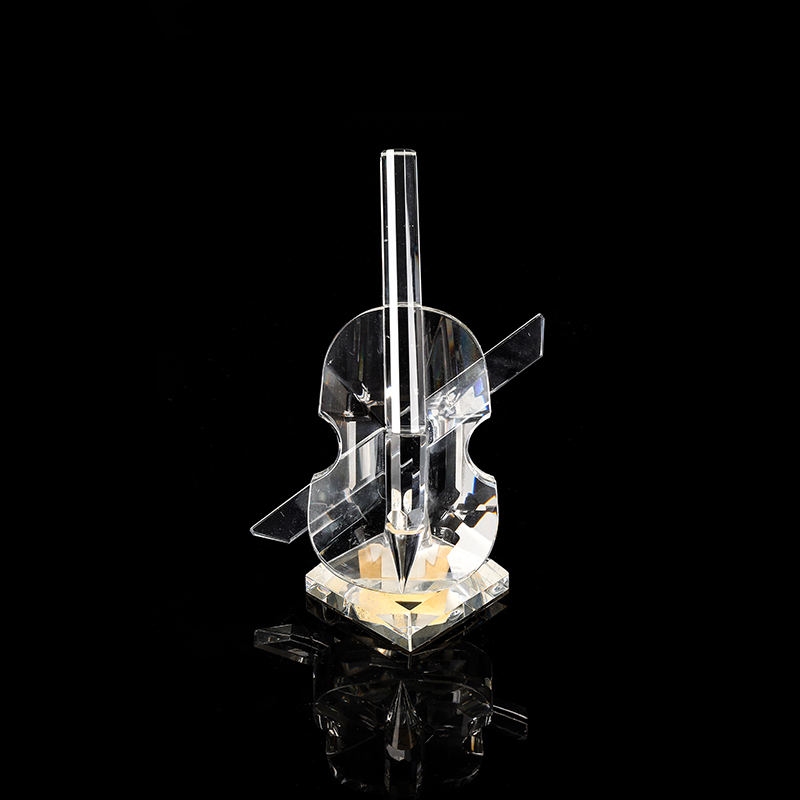
Recognize the impact of natural and artificial light
Light from different sources can have different effects on the same crystal piece. Natural light often brings out a wider range of subtle colors and can highlight internal structures or inclusions. Morning sunlight tends to be softer and reflect softer, while midday sunlight can create sharper highlights and shadows around the edges.
Artificial lighting, such as LED spotlights or warm incandescent lights, can provide more predictable conditions for displaying a pyramid. Placing a focused light source at an angle can emphasize the transitions between each facet and edge line, creating a rich visual effect. However, some artificial lights can create glare if placed too close or shining directly on a flat surface. Experimenting with different angles and distances can help you balance clarity and softness.
How Surface Clarity Affects Reflection
The clarity of a crystal pyramid determines how light spreads across its surface. A pyramid with high transparency transmits light more easily, creating a sense of depth and an inner glow. In contrast, a pyramid with an opaque or frosted surface scatters light in multiple directions, creating a diffuse halo around the edges.
If you notice that your reflections look uneven or dim, this may be a sign that fine dust or residue has accumulated on the surface. Regular cleaning with a soft, lint-free cloth can restore clarity. If a deeper clean is needed, a mild soap solution can be used, followed by wiping dry. Avoid harsh cleaning products that may leave streaks or reduce the smoothness of the surface.
The Role of Edges in Light Distribution
Edges are transition areas between facets and are often areas where light converges and diverges. When edges are sharp and evenly polished, they can create elongated reflections that accentuate the pyramid's geometric shape. Even small chips or worn areas can disrupt this effect, causing scattered light to appear inconsistent with the rest of the surface.
To protect the integrity of the edges, avoid placing the pyramid on a hard surface without cushioning. A soft display base helps absorb minor shocks and reduces the likelihood of small cracks. When handling or moving the piece, use both hands to keep the weight balanced and to reduce impact on specific corners or edges.
Positioning with Other Crystal Items
If you display your pyramid near other crystal objects, such as a Crystal Cube Laser or a Crystal Glass Medal, consider how each piece interacts with light. The Cube Laser often has flat planes that act like mirrors, bouncing light in defined directions. When placed near a pyramid, it can enhance brightness on one side while casting a shadow on another.
A Crystal Glass Medal, with its smoother curves or etched designs, tends to produce softer, diffused reflections. Arranging these items so they complement rather than compete with each other can result in a more cohesive display. You can adjust the spacing and angle to distribute light evenly across all surfaces without creating harsh glare or deep shadows.
Managing Glare and Reflection in Different Settings
Glare can be a common concern, especially when strong spotlights are used. If your pyramid is in a place with direct overhead lighting, consider angling the piece slightly so the main surfaces do not reflect light directly back into the viewer’s eyes. Using adjustable fixtures makes it easier to direct beams toward edges rather than flat planes.
In settings with multiple light sources, such as a combination of natural and artificial lighting, observe the display throughout the day to see how reflections change. You may find that moving the pyramid only a few centimeters can improve balance and reduce distracting brightness.
Creating a Consistent Visual Effect
One practical way to create consistent visual appeal is to decide on a primary lighting approach—either highlighting transparency or emphasizing reflections. For a more understated look, diffused lighting works well to soften edges and limit intense glare. For a bolder appearance, focused spotlights can draw attention to the pyramid’s internal structures and crisp edges.
Testing different options over time allows you to see which combinations of light and placement suit your preferences. This approach also helps you notice any developing surface issues, such as fingerprints or small marks, so you can address them promptly.
Sustaining Appearance with Regular Attention
Light can reveal both the beauty and the imperfections of a crystal pyramid. Routine care, including cleaning and thoughtful positioning, is essential to maintain the effect you want. Keep in mind that even minor adjustments to lighting or placement can significantly change how the piece looks.
When displaying your pyramid with a Crystal Cube Laser or Crystal Glass Medal, it can be helpful to revisit the arrangement periodically. Seasonal changes in daylight and adjustments in room lighting can alter the overall balance, so checking the display every few weeks ensures it stays visually appealing.

 English
English 中文简体
中文简体 عربى
عربى
